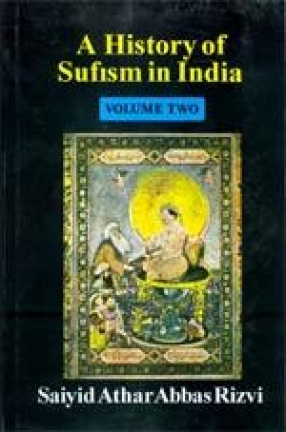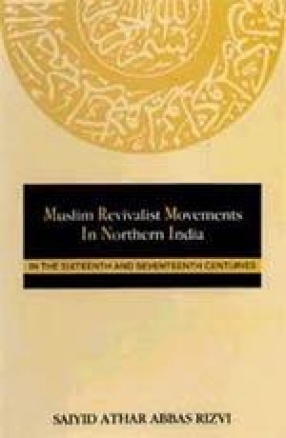
Saiyid Athar Abbas Rizvi

Showing all 7 books




This work seeks to study Sufism as a psycho-historical phenomenon. The author finds it efficacious to combat social and political upheavals which are brought about by prolonged political revolutions, associated with autocratic oppression and economic deprivation. It is divided into two volumes. The present volume outlines the history of Sufism before it was firmly established in India and then goes on to discuss the principal trends in sufi developments therefrom ...

Although the history of the Iranian monarchy itself goes back 2,500 years, the periods of strong rule during important dynasties, such as the Achaemenids and the Sasanids, were very short-lived. After the Arab conquest in the reign of 'Omar (634-644), Iran was ruled first from Medina and then from Damascus and later from Baghdad. Later still, Iran was ruled largely by Turkish and Mongol invaders. The Iranian people had never, however, hesitated to resist ...

The Landmarks of South Asian Civilizations outlines the history and civilization of South Asia from prehistory to the Independence of the Sub-continent. Like other works on the subject it does not ignore Sri Lanka (Ceylon). Although it discusses the political development, the work mainly concentrates on trying to understand the process of continuity and change in life and condition of people through the ages. It analyses the main currents of religion, society, ...

This work examines the historical works and historiographical sources of Akbar's reign to strike a balanced evaluation of the relative importance of the works of Abu'l Fazl, and of the intellectual and political movements of his time. Full recognition is given here, for the first time, to Abu'l Fazl's influential contribution to epistolography, historiography and Islamic philosophy. The so-called "religion", the Din Ilahi, is discussed from the point of ...


The first volume of the History of Sufism in India outlined the history of Sufism before it was firmly established in India and then went on to discuss the principal trends in sufi development in that country from the thirteenth to the beginning of the sixteenth century. Naturally it laid great emphasis on the Chishtiyya, Suhrawardiyya, Firdausiyya and Kubrawiyya orders, but the contributions made by Qalandars and legendary and semi-legendary saints were also ...

Focussing on the controversy surrounding the Wahdat-ul-Wujud (Unity of Being, All is He) of Ibn 'Arabi (1165-1240) and the Wahdat-ush-Shuhud (Unity of Appearance, All is from Him) of Shaikh 'Alaud-Dawla Simnani (1261-1336), the work goes on to analyse the impact of the above ideologies on the teachings of early Chishtiyas, Suhrawardiyas, Firdausiyas and Shattariyas. It then discusses the impact of the Islamic millennium and the messianic movements on the ...
